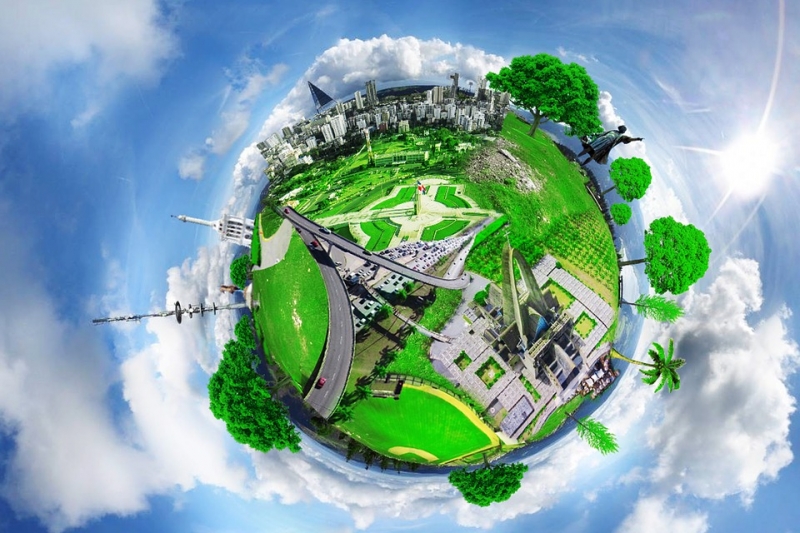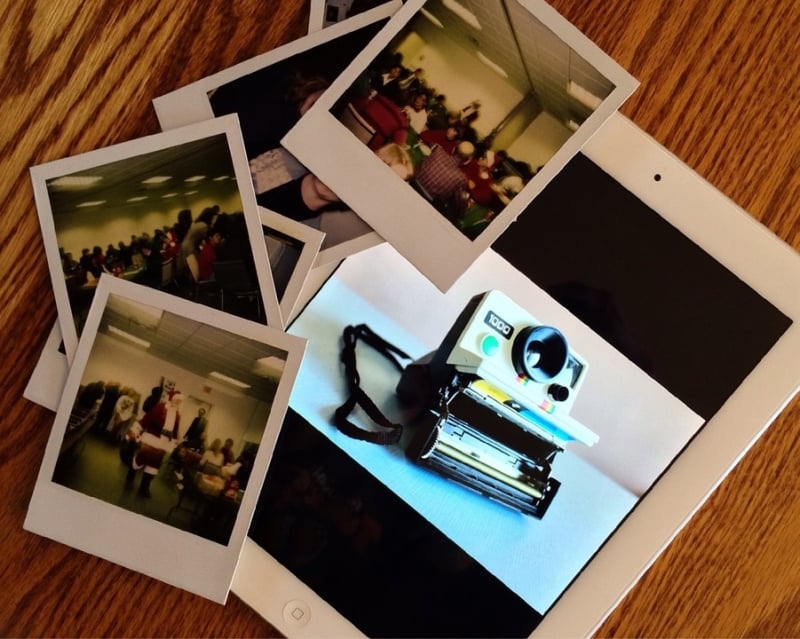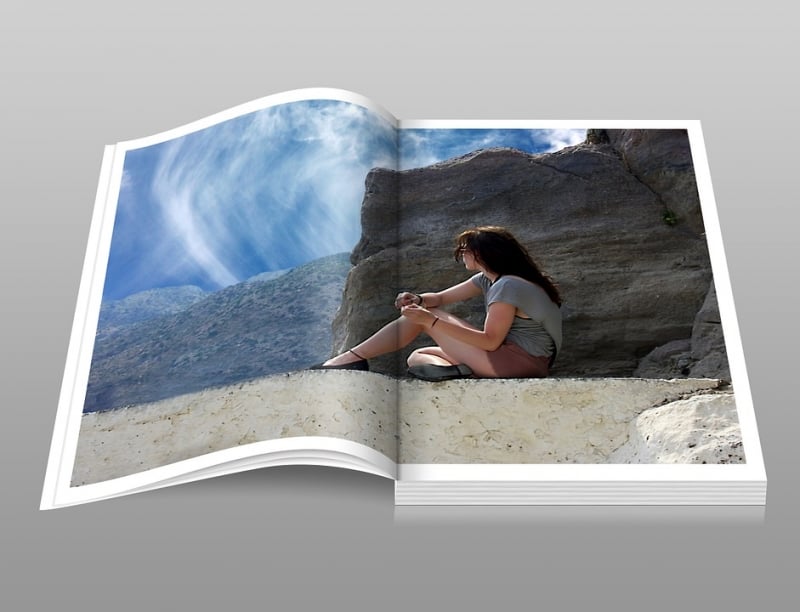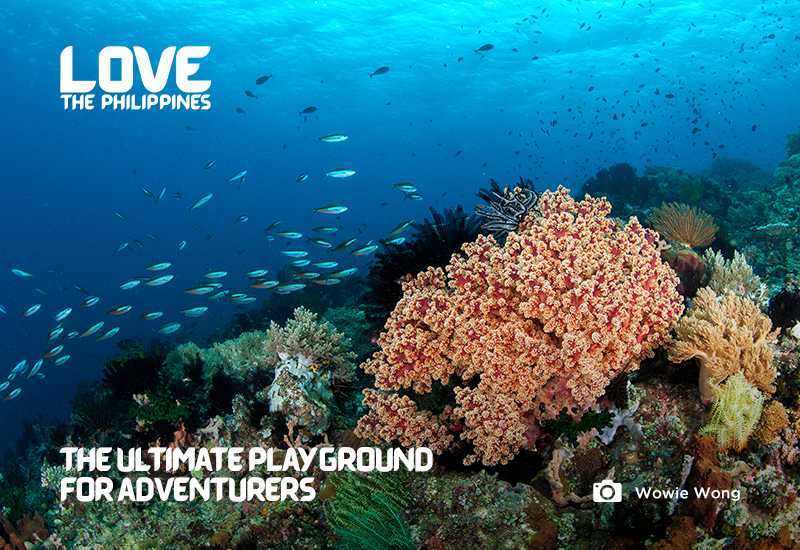Back in the days, photo albums and videotapes are the “in” thing for recording memories from birthdays, anniversaries, and travels. Albums upon albums are packed with printed memories, and decks of video tapes are neatly kept behind glass cabinets or wooden drawers, ready to be played during parties.
With the advent of new technologies and shareable content via social media, some of these prints are scanned and kept in virtual albums, ready to be shared. Some would go as far as try to digitalise taped videos.
Travelling now need not be bulky; mobile phones are equipped with HD cameras, filters, and even video editing apps. Here are ways to amp up your travel albums.
Also read: The Secret to Taking Travel Photos – 20 Tips to Keep in Mind
1. 360 Degree Shots (Panoramic and Little Planet Method)

Panoramic view antes up the game for any photo, most especially during travels. Panorama is a wide-angled view that gives the viewers a sense of the physical space, perfect for mountainous or hilly landscapes, seashores, perhaps even a rainforest.
Another version is the “stereographic projection,” best known as the Little Planet Method, where panoramic shots are grouped to make eye catching spheres of photos. Photos are looped in one sphere, making it look cartoonish and quirky, but definitely adding a WOW factor to any travel album.
2. Time Lapse

Travel videos are everywhere, presenting each travel destination both at its best and worst light – from simple lists, hand shots, feet shots, and the ever glorious time lapse video. In this digital age, we have seen too many time lapse videos of clouds or even the night to day to night transition of a city skyline. Yet we never get tired of watching them!
Video is one of the many ways to tell a story, and it is perhaps the most compelling and obviously the most visual. Most travellers love to invest their time (and money) in creating a time lapse video in order to present a certain destination and even its people. With social media, the attention span of viewers is fleeting; hence, this type of story-telling is the most concise yet visually appealing.
3. Slow Motion Videography

If time lapse presents a story in fast motion, then slow motion is the opposite. If the attention span of viewers is shorter, then why do slow motion videography? The key to this type of story-telling is the subject. Slow motion captures certain elements in nature that time lapse will be unable to.
One may capture emotions like a smile turning into a laugh as the rain drops in the streets of Seoul or the beauty of the fireworks display at the end of the night in Hong Kong Disneyland.
Again, with the rise of smartphones and handheld devices, travellers are able to shoot, edit, and post their videos with a click of an app.
4. Instant Camera Photography

Instant camera is a matter of trial and error. Then again, shots taken with this type of camera often – if not all the time – have cute and candid elements that add spontaneity to any travel album. The photos are sometimes combined with video shots to jazz things up.
Smartphones can create an equally authentic “instant” shot; however, it takes away the mystery and even the excitement with how a photo would turn out. There is no filter or edit for this camera; the element of surprise is electric and equally as fun.
5. Mural/Book Printing

Digital, digital, digital – even albums have become virtual and digital. One click of a virtual button and every photo taken during travels becomes uploaded and shareable. Then again, some people want something tangible – something they can see on top of their coffee table that is not bulky or does not require every single photo to be printed and manually placed in a plastic album.
Photobooks have become the go-to method for many travellers to preserve their experience (apart from digital albums). One can organise pictures based on how special or how memorable certain places are, or perhaps select shots of the complete family during a trip, or simply choose landscapes and sceneries that one holds dear.
Also read: Quick Travel-themed Projects to Keep Your Wanderlust Alive
Digital copies of these pictures may be sent to photobook printing centres. After paying the amount due, which may include layout services, wait for a couple of weeks, and voila! You have one coffee book featuring your trip! This method is easy and hassle-free (and the only thing that can perhaps manage to tire you is choosing the photos that you want to include in a particular book).
This way of preserving memories can also be specialised and shared. Most photobook printers can create personalised prints based on what you want and how you tell your story. Each trip can be made into a book – a story to share that can be flipped and held. For many, it’s not just the picture on the screen but the travel memories behind a shot.






